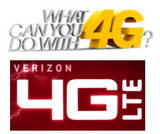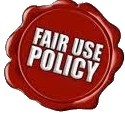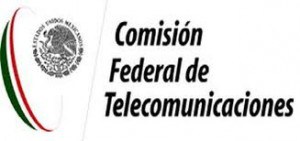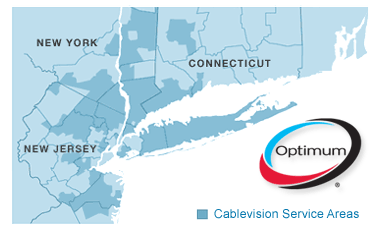 Frontier Communications continues to deliver monthly headaches to many of their customers in the form of wildly inaccurate bills that take months and repeated calls to correct.
Frontier Communications continues to deliver monthly headaches to many of their customers in the form of wildly inaccurate bills that take months and repeated calls to correct.
Complaints are piling up on websites like My3Cents, particularly from ex-Verizon customers sold down the river by state regulators that approved the sale of their landlines to Frontier.
At fault: Frontier’s myriad of promotional plans which deliver discounts only when the salesperson correctly configures the account. When things go wrong, customers get bills far larger than anticipated:
I’m on a contract for $26.99 per month. Each month the bill arrives showing $41.99 due. Each month I call and the agent confirms $26.99 is correct and a ticket will be put in to correct this. The next month I have to do this all over again. The last two months the agents have examined my account and have hung up on me. That is 20 minutes of phone calls per month. This is pathetic!
This customer was signed to a term contract for a service bundle that is supposed to deliver savings, but only delivers headaches when the bill arrives in the mail. Frontier is also notorious for marketing service plans without disclosing a myriad of fees, surcharges, and taxes that dramatically increases the final amount due each month:
I have been with Frontier for 15 years, since moving to this area. A couple of years ago, a woman from Frontier was plying the neighborhood (repeatedly) with an offer I couldn’t refuse: around $30 for an unlimited local/LD plan with numerous features. Came with a 1-year contract. BUT when I got the first bill, it was around $50.
I called to query and was told, patronizingly, that “everyone has to pay their taxes.”
 Everyone but Frontier that is — the company managed to pull off its purchase of Verizon landlines tax-free thanks to a legal tax loophole known as a Reverse Morris Trust.
Everyone but Frontier that is — the company managed to pull off its purchase of Verizon landlines tax-free thanks to a legal tax loophole known as a Reverse Morris Trust.
After this customer discovered $50 is the new $30, they canceled their service. That opened a whole new runaround — waiting months for a refund check promised on their final bill. In this case, it took three months.
“At this point, my feeling is that if Frontier were the last phone company on earth, I’d be using carrier pigeons and a tin can with a string,” writes the exasperated ex-Frontier customer.
But sub-standard service doesn’t stop with the billing, as one Arizona customer reports. The company’s contention it could bring 3Mbps DSL service to Navajo was an unfunny joke for one customer:
They claim to offer “up to 3Mbps.” Beware of the words “up to” because this means that anything less can be expected and less is exactly what you will get. I have tested my speed many times and the best I get is around 0.25 Mbps. Not to mention that service gets interrupted almost daily and my Internet disconnects all the time. I called them about this and they said they would send someone. Well some incompetent tech from the Navajo office came here and checked around outside while I was gone from my house and just left a note saying everything was OK. Well, OK and so now what? I just have to accept this mediocre service that goes off and on all day? No follow up? Nothing? Stay away from this company… stay very far away. The only reason they are still around is because they offer the only service in some areas and therefore think that they don’t have to be a legitimate company because they have no competition here.
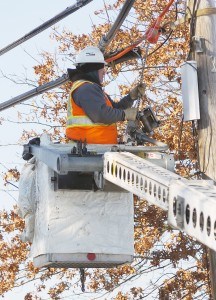 Frontier’s telemarketing is also relentless, and irritating for many customers as the company comes a-calling to push its two and three year service contracts with Internet and satellite television service. Not interested? One customer in West Virginia found that didn’t matter — Frontier started billing them for services they didn’t order anyway:
Frontier’s telemarketing is also relentless, and irritating for many customers as the company comes a-calling to push its two and three year service contracts with Internet and satellite television service. Not interested? One customer in West Virginia found that didn’t matter — Frontier started billing them for services they didn’t order anyway:
Frontier is a horrible company. I was sent two bills for Internet and phone services that I didn’t authorize. I called the first time and they were suppose to cancel the service and didn’t. I called when we got the second bill and was put on hold for 20 minutes and the representative was very rude to me and hung up because I asked if we were to receive another bill what was I suppose to do. I believe the reps need some more in depth customer service training. I had Frontier before and had a problem with them then so I canceled my service. This just proves that they have no idea what they are doing.
Perhaps the only thing worse than getting bad service is no service at all. Dennis’ Frontier landline has been out of service for a month… and counting:
I am so fed up with this horrible company. We got stuck with them due to Verizon selling out to them. Our phone has been out of order for over a month. Every time I call they tell me they have already fixed the problem but the phone is still not working, so they put in another repair ticket. Sometimes its at least a week before they can get out to “repair” the line.
I call at least once a week. I am using all my minutes on our cell phone plan just trying to get a working phone. When you call customer service they are rude and treat you like you are wasting their time…..isn’t that what they are paid to do? When we had Verizon and they came to repair the phone they would always call or stop by the house to let you know what the problem was and give you their card. The only way to find out if Frontier had been out is to call the repair line and get treated like crap again. They are supposed to come out again tomorrow and if the phone is not working I am going to cancel the phone service and get a cell phone booster for the house and go with cell service only.


 Subscribe
Subscribe